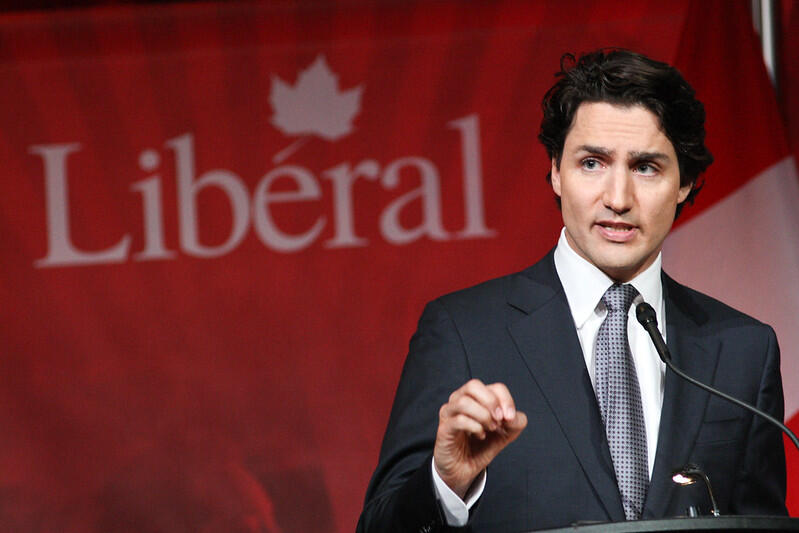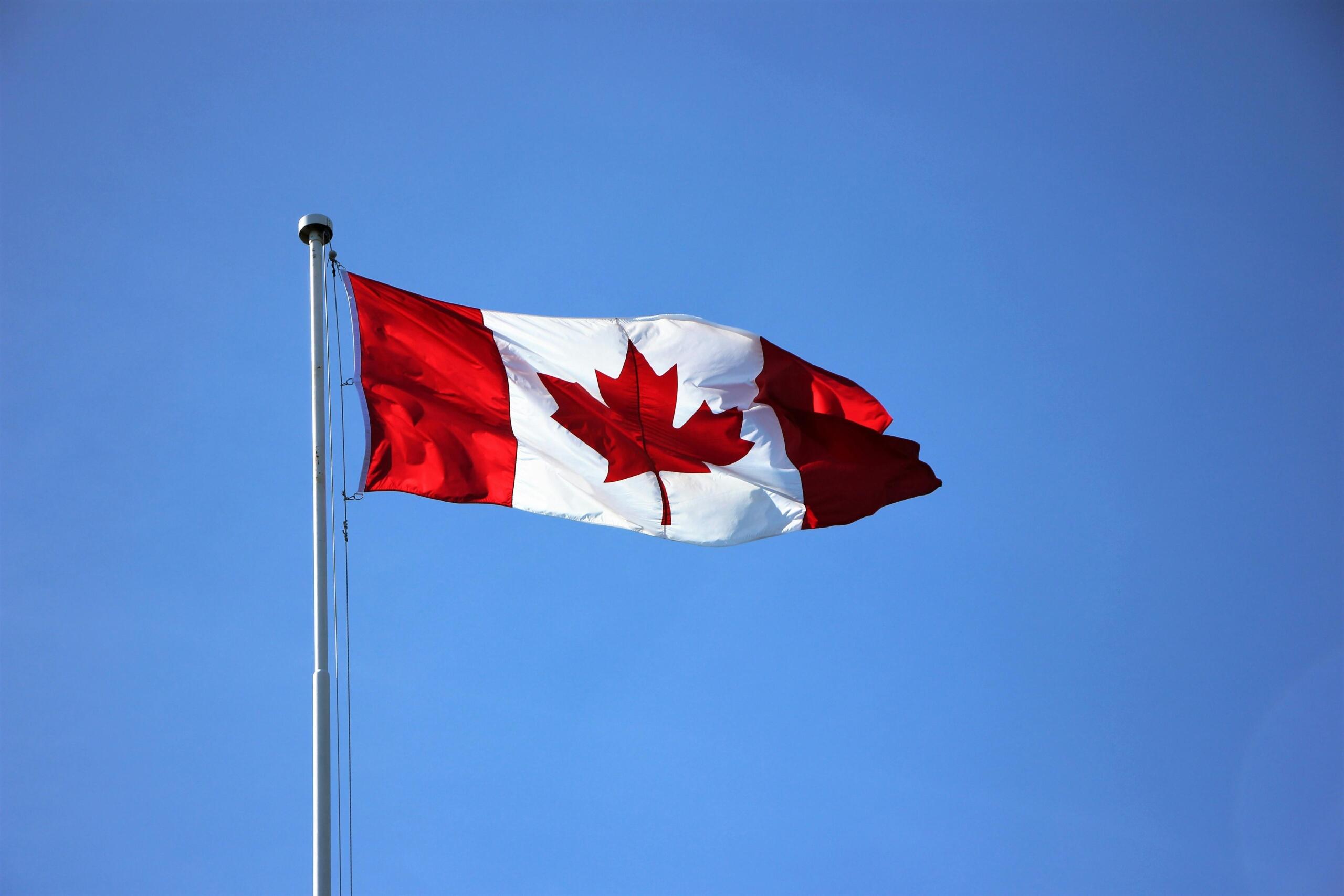Just because you do not take an interest in politics doesn't mean politics won't take an interest in you! - Pericles
Politics is here to stay, whether we like it or not. Regardless of our nationality or ethnicity, we have a responsibility to stay informed about it, as it encompasses more than just political parties — it includes the important policies that shape our everyday lives.
The governance in Canada have been particularly rocky for the past few years and many political reasons contribute to it. In this article, we will delve into the significance of the political system in our country through the following points:
Politics and governance in Canada
- Canadian political system
- Major political parties in Canada's parliament
- The route to form the government
- Different governance levels in Canada
- Significant leadership roles in Canada's government

What Type of Political System Does Canada Have?
In terms of classification, Canada's political system is both a constitutional monarchy and a parliamentary democracy. This means that the governance of this country is shaped by three key elements: the Monarchy, which serves as a symbolic and unifying representation: the Constitution, which establishes the legal framework; and Parliament, which creates laws.
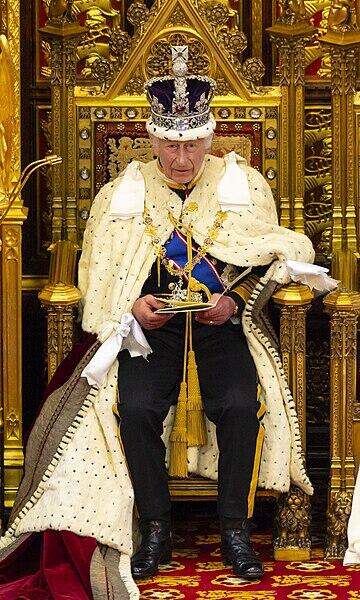
While Canada honours the monarchy as the head of state (currently King Charles III of Great Britain), he is also represented by the governor general at the federal level in Canada.
Similarly, the Crown is represented by the lieutenant governor in the provincial-level government.
On the other hand, the Canadian Constitution is the official legal document which directly outlines the scope of power held by the federal and provincial governments. This power is exercised through three branches — the legislative, executive, and judicial.
We also have the Parliament which consists of the House of Commons and the Senate which plays a huge role in the legislative branch. At the House of Commons, Members of Parliament (MPs) will be elected from winning candidates from various political parties in the federal election whereas the Prime Minister will appoint Senate members.
📜Legislative
- Passes the country's laws
- Consists of the Crown,
House of Commons, and Senate
💼Executive
- Executes the country's laws
- Led by the Governor General, Prime Minister, and Cabinet
⚖️Judicial
- Enforces the country's laws
- Independent of both legislative and executive branches
Political Parties in Canadian Parliament Today
Although there are many registered political parties in Canada today, only a few federal parties have representation in Parliament. Currently, the members of Parliament come from these five federal political parties, along with a few independent MPs.
As of this time of writing, the Liberal Party of Canada (LPC), led by Justin Trudeau, has been leading the government since the 2021 federal election. Currently, the party is represented by 153 MPs. The LPC has been in power since the 2015 federal election and was subsequently re-elected in the 2019 and 2021 federal elections, although with declining support, preventing it from forming a majority government.
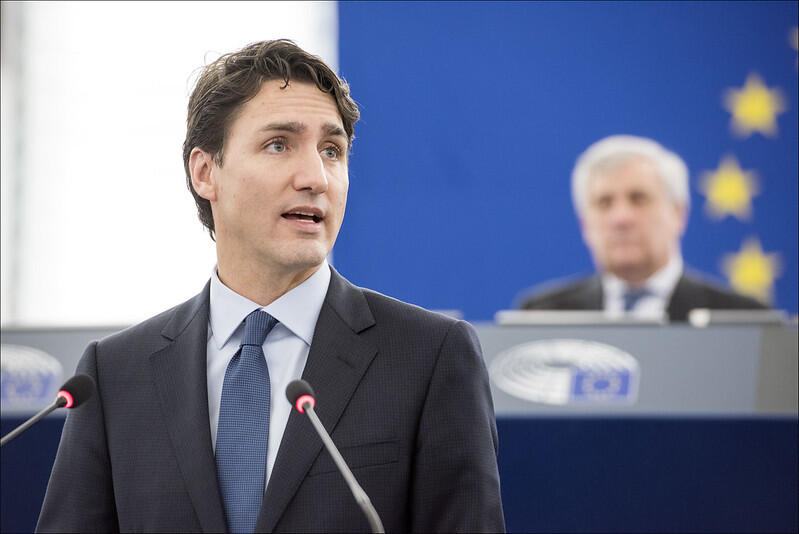
On the other hand, the official Opposition is the Conservative Party of Canada (CPC), which is now led by Pierre Poilievre. The party currently has 120 MPs. Before the 2015 federal election, the CPC was heading the government under the leadership of one of the well-known Prime Ministers of Canada, Stephen Harper.
The next party is Bloc Québécois, currently headed by Yves-François Blanchet, with 33 MPs. A party which strongly advocates against Quebec nationalism and only contests in this province, it experienced a decline in MP seats during the 2015 federal election — only managing to secure 10 seats and losing its official party status in the Parliament. Subsequently, the party experienced a resurgence and gained 33 seats to solidify its position as the federal party with the third-highest MP representation in Parliament during the 2019 and 2021 federal elections.
A party needs to secure at least 12 members in the House of Commons to be recognized during parliamentary proceedings and gain more access to parliamentary resources.
The New Democratic Party (NDP) is under the leadership of Jagmeet Singh and has won 25 seats during the 2021 federal election. During the 2015 federal election, NDP lost its official opposition status after managing to secure only 44 seats. In the subsequent 2019 and 2021 federal elections, the NDP has the fourth-largest federal party representation in the Parliament.
Finally, the Green Party is headed by Elizabeth May and has won 2 seats during the 2021 federal election. The party saw its first MP election during the 2015 federal election and continues to advocate strongly against issues surrounding the climate and environment today.

The Political Process To Form Canada's Government
As mentioned earlier, Canada is a parliamentary democracy where the parliament plays a progressive role in a democratic government. This is where political parties and the federal elections come into the picture. Typically, the elections are held every four years across different ridings across the country, where one MP will win the contested seat for the designated riding.
As far as political parties are concerned, every MP seat counts because the party which secures the most number of seats in the Parliament will form the government. Eventually, this party will form either a majority government or a minority government. This is what happened to LPC during the 2015 federal election, where the party managed to win 184 seats. As a result, the leader of LPC, Justin Trudeau was elected as Prime Minister.
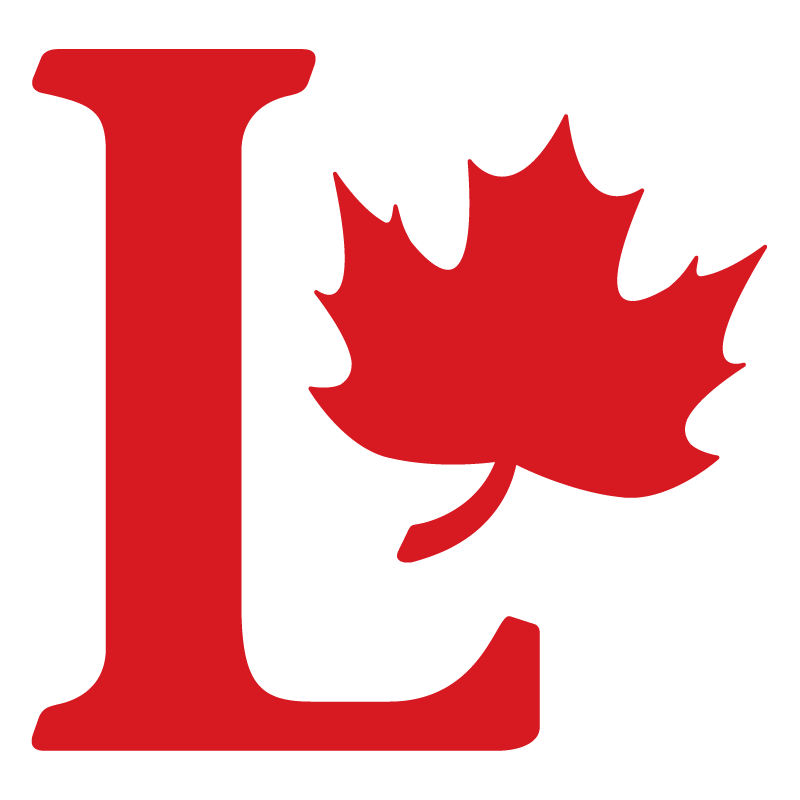
If the party manages to secure more than 50% of the 338 seats in the House of Commons (which is 170 seats or more) during the election, it will successfully form a majority government.
Conversely, if none of the parties fails to secure 50% of the seats, the party with the most won seats can form a minority government by negotiating support from other parties. During the 2019 and 2021 federal elections, the LDP remains the ruling party by forming a minority government.
With the 2025 federal election drawing near, let's review the steps to form the Canadian government at the federal level.
Step 1
The Governor General dissolves Parliament at the advice of the Prime Minister.
Step 2
A federal election will be held, where voters cast their vote in 338 ridings across the country.
Step 3
Different political parties will contest and begin their campaigning process.
Step 4
Election results are announced after the election process. Canadians will know which party will form the government on the same day.
Step 5
The leader of the political party which secures the most MP seats will be appointed as the next Prime Minister.
Step 6
After securing a confidence vote at the Parliament, the newly appointed Prime Minister will begin to appoint his or her Cabinet members to govern the country.
Government Power Structure in Canada: Division Across Levels
Now that we have reviewed Canada’s political system, let’s discuss the type of governance practiced in the country. Canada follows a federal system of governance, where power is geographically shared between different levels of government: federal provincial/territorial, and municipal. This system makes sense given that Canada is the second-largest country in the world by area, with 10 provinces and 3 territories.
The Prime Minister is the head of the federal government, which is based in Ottawa (the capital of the country). As the highest level of government, it deals with national policies and global affairs, especially in these areas as outlined according to the Constitution:
On the other hand, every province is led by a Premier whereby each province is free to come out with regulations about these three main areas: road regulations, healthcare, and education. Similar to the role of the Prime Minister, a Premier is selected based on the governing party which wins the most party seats in the provincial election.
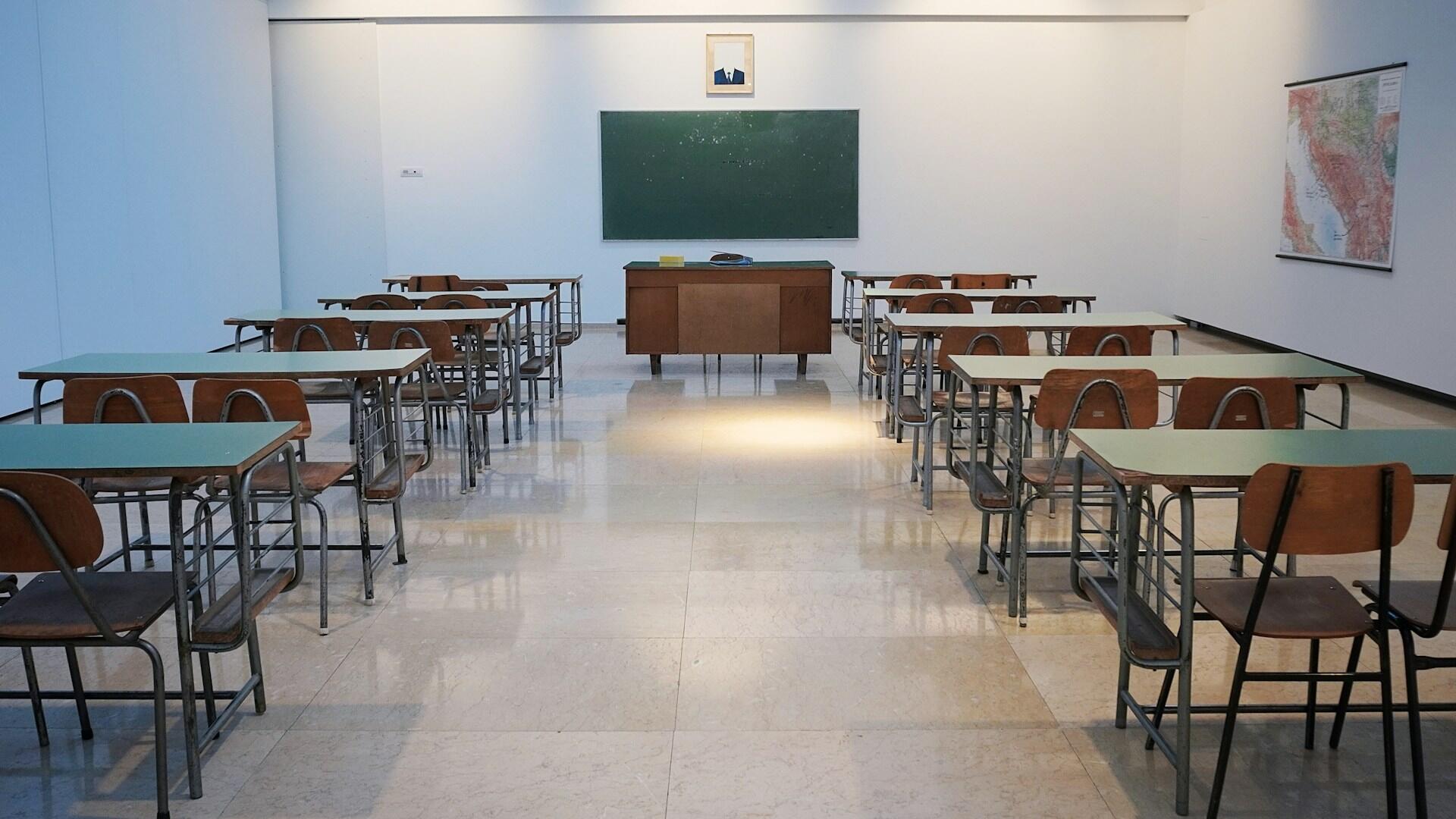
Photo by Ivan Aleksic
The final level of governance after federal and provincial governments is the municipal government which deals with the happenings in districts, towns, and cities. The municipal government is headed by a mayor. The scope of governance includes:
Important Key Political Positions in Canada
To have a wider view of the political system in Canada, it's good to look at different positions held by different individuals whether it's in terms of the government, a political party or the system itself. Essentially, these positions enable us to know who is in authority and most importantly, who should take full responsibility for different things in the country.
While the scope of influence and range of duty can differ according to the federal, provincial, and municipal level, they can generally be grouped into the following categories:
Prime Minister, Premier and Mayor as the leader of the federal, provincial and municipal government respectively.
Members of Parliament, Senators, (House of Commons) Provincial Legislators who make laws at the Parliament and their provincial parliament.
Chief Justice of the Supreme Court (the highest court in the country)
Party leader of the represented federal parties, and leader of the Opposition. The same applies to the provincial-level parties.
Now that you have gone through the political system of Canada and learned about its relationship with the country's governance, it's time to take this knowledge to the next level with the help of an experienced politics tutor. At Superprof, you can master various topics of Canadian politics and international politics with ease. All you need to do is connect with a politics tutor near you through this amazing tutoring platform.
Most Superprof tutors offer their first lesson for free, so be sure not to miss this opportunity to have an enriching learning experience, no matter which part of Canada you're from.

